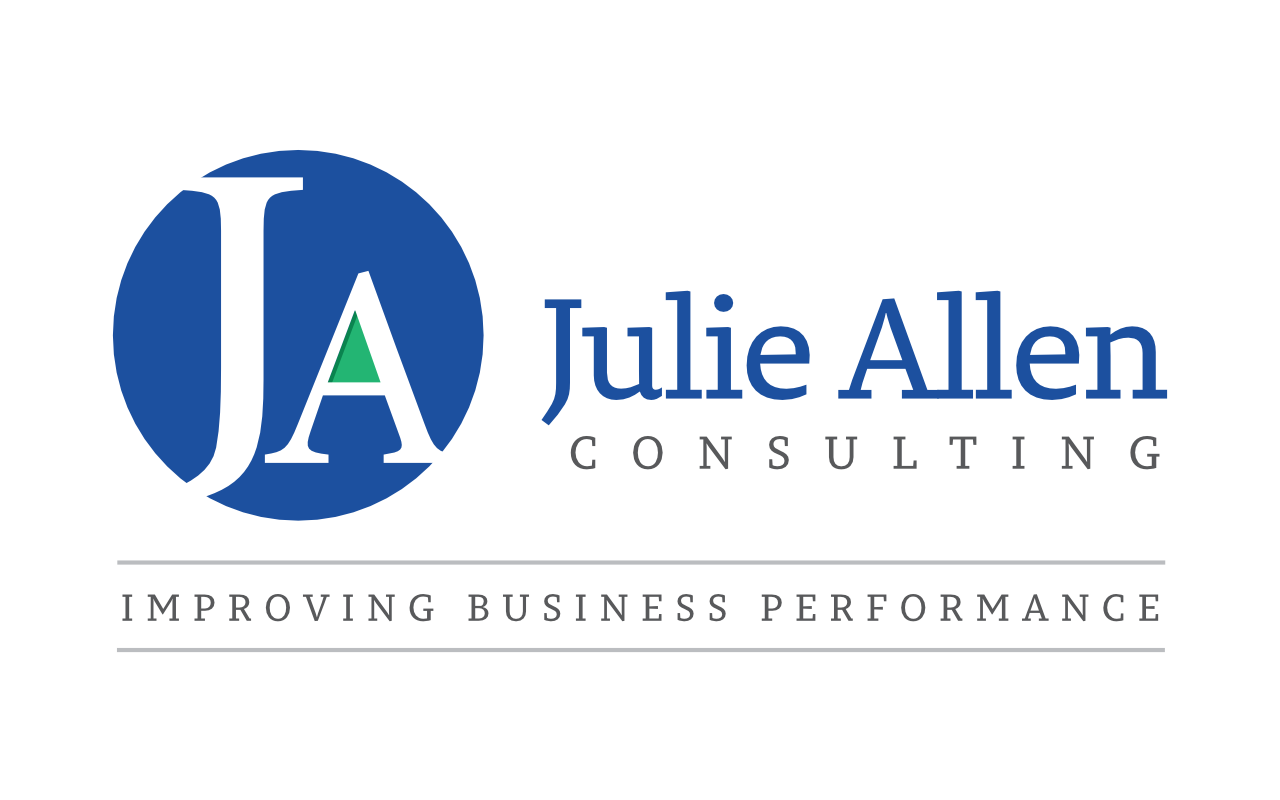How to Improve Mental Wellbeing in the Workplace
Mental Health Awareness Week runs from Monday 9th May to Sunday 15th May 2022. This year's theme is loneliness. The Mental Health Foundation’s Mental Health in the Pandemic research found that loneliness has been exacerbated by the Covid pandemic.
The Foundation has been tracking loneliness levels in the UK during the pandemic and found the experience has been much higher with devastating impact. Loneliness has been an important factor contributing to higher levels of distress, resulting from people’s sense of isolation and reduced ability to connect with others.
To raise awareness of Mental Health Week offered a free Masterclass for people managers focusing on How to Improve Mental Wellbeing in the Workplace.
The World Health Organisation (WHO) define a healthy workplace as “one where employees and managers work together to protect and promote their health, safety and wellbeing and the sustainability of the business.”.
The causes of poor mental health at work are:
Workload
Relationships
Working hours
Job demands
Work life balance
Control
Organisational change
Individual factors, e.g. personality, self-confidence, resilience
Jim Clifton, Gallup, Chairman & CEO believes that “your manager has more impact on your health than your doctor.”
To improve Mental wellbeing in the workplace it is first important to develop psychological flexibility within the team. Psychological flexibility is engaging in workable behaviour in the presence of unwanted thoughts, feelings and emotions. Research shows that psychological flexibility is the cornerstone of good psychological health and wellbeing.
To help create psychological flexibility, we work from a particular point of view: the ACT Matrix.
The Matrix is split up into two halves and four quadrants. The top half is for five-senses experience. Everything you can touch, taste, see, smell, and hear goes up in that half. The bottom half, on the other hand, is for internal experience. It encompasses our thoughts, feelings, memories, and sensations. There’s also the right and left sides, which represent satisfaction and relief, respectively. Each quadrant contains a question, or category, and when we walk people through the Matrix, we take them through each one.
Secondly, to have meaningful conversations with your team about their mental wellbeing it is also necessary to develop psychological safety. Amy Edmondson defines psychological safety as “a climate in which people are comfortable expressing and being themselves.”
To set the context for psychological safety we use the ProSocial Matrix which looks almost exactly the same as in the ACT Matrix, apart for one question. Rather than asking who’s important in the lower right, we instead ask what the shared purpose is, immediately shifting the context away from the individual to the group. The shared purpose is most likely going to be the services that the organization provides for its users.
As isolation and feelings of being overwhelmed continue to have an impact on the mental wellbeing of workforces leaders know how to create environments where people feel that they can speak freely about how they feel. In other words, psychological safety needs to be a priority for everyone looking to develop the wellbeing of their team.
During this 1 hour masterclass I will help you understand:
What mental health is and the causes of poor mental health at work
How to have meaningful conversations with your team about their mental wellbeing
What attendees said about this masterclass:
“Great session as always Julie. Thank you..”
“Great session Julie, Thankyou.”
Do you need further help?
If so, I offer a complimentary call to discuss your requirements and how we might work together.


